Bread
1 slice of bread = 15 grams or 1 serving of carbohydrateAlthough white and wheat bread have similar carb content (check the food label for details), whole-wheat bread is your best bet; it typically has more than twice as much fiber as white bread, meaning you digest it more slowly and your blood sugar will rise more gradually after you eat it.
People with diabetes should aim to consume 30 grams of fiber daily, even though this can be hard on the digestive system for some people, says Kaul, a professor at Howard University College of Medicine, in Washington, D.C. She also suggests trying extra-thin bread, which can slice your calorie intake in half.
Cooked pasta
One-third cup of pasta = 15 grams or 1 servingAgain, opting for whole-wheat noodles rather than pasta made with white flour is a healthier choice. But it’s important to remember—and easy to forget—portion size.
Just one-third of a cup, which is about half the size of a baseball, contains 15 grams of carbohydrate. If you overload your pasta bowl, you could easily get a day’s worth of carbs in a single meal.
Cereal
3/4 cup of dry cereal = 15 grams or 1 servingEating breakfast is important for all of us, but especially so for people with diabetes; a balanced morning meal helps you start the day healthy and energized.
A bowl of cereal with skim milk is a great choice for the first meal of the day, says Kaul, but you should avoid sugary, low-fiber cereals like corn flakes.
Oat bran cereal is a better option, the nutritionist says. Try it, and if you don’t like it, choose something else.
Crackers
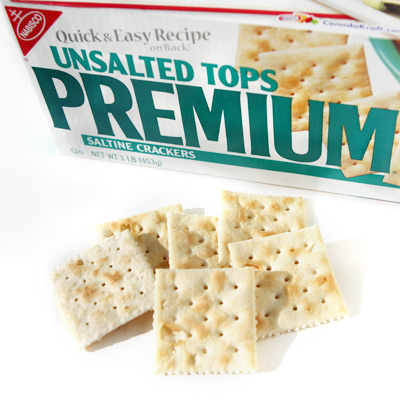 4-6 Saltines = 15 grams or 1 serving
4-6 Saltines = 15 grams or 1 servingWhen you snack on crackers, checking the label for trans fat and sodium is just as important as looking out for carb content, Kaul notes. Even relatively low-carb crackers may be packing lots of this unhealthy fat and too much salt.
Choose crackers with no more than 200 milligrams of sodium per serving of carbs, and leave the ones that contain trans fat on the supermarket shelf.
Fruit
One small piece = 15 grams or 1 servingYou really can’t go wrong with fruit, says Kaul, as long as you keep an eye on portion size. However, if you have diabetes, fruits like apples, bananas, berries, cantaloupes, strawberries, and peaches are the best choices. Pears and grapes can have too much sugar, she explains.
A medium banana has about 15 grams of carbs, plus it is filling and chock-full of potassium. Berries are rich in fiber and antioxidants. But just remember how much fruit you’re eating.
One serving of berries is just 3/4 of a cup, but it’s easy to eat three times this much—or more—if you’re not careful.
Fruit juice
1/2 cup fruit juice = 15 grams or 1 servingKaul tells her clients to choose fruit instead of fruit juice, because fruit contains fiber. And juice—even the unsweetened, natural kind—is high in calories. “Three glasses will give you 300 to 400 calories,” she says.
People who don’t want to give up their OJ should have a small glass with breakfast, she says. And instead of consuming giant-size bottles of sweetened drinks, drink water or unsweetened tea.


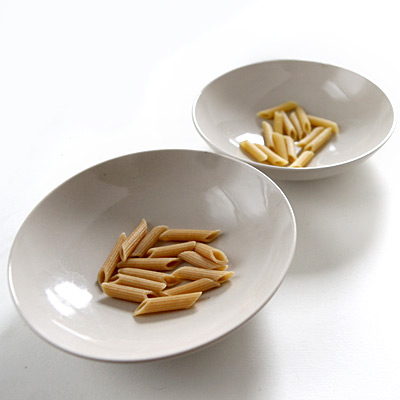
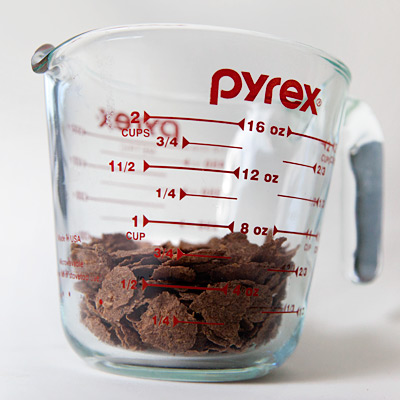
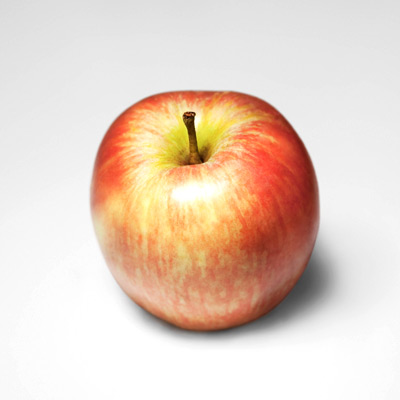
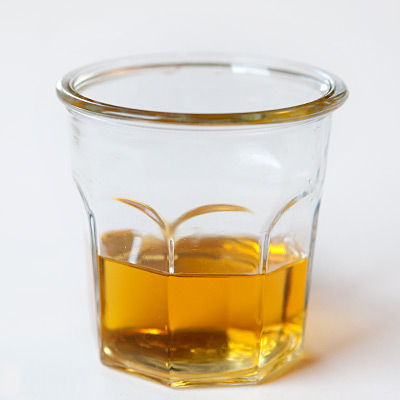
No comments:
Post a Comment